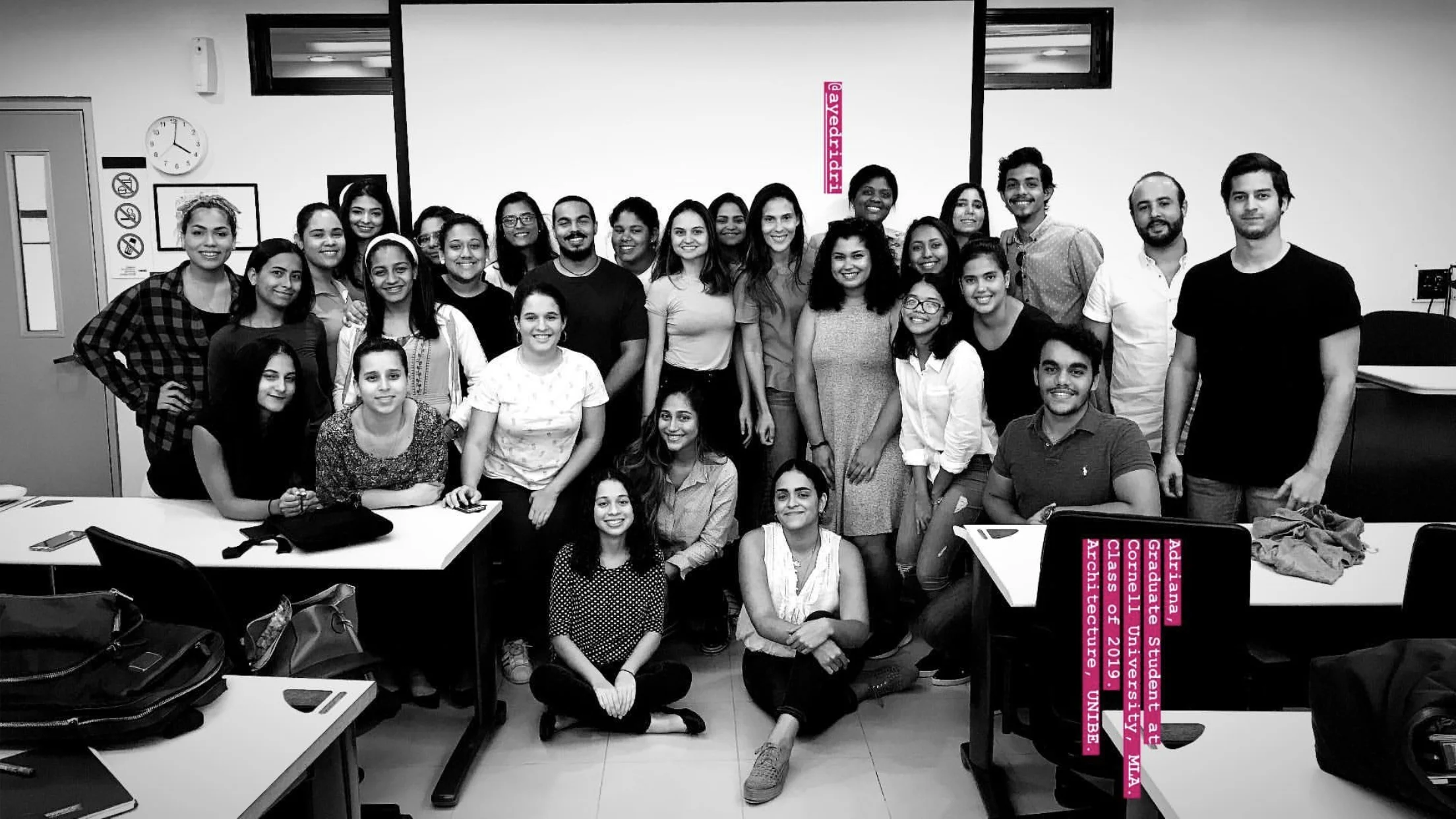Site Visit | La Finca Tierra Negra
This past week, I got the chance to visit La Finca Tierra Negra (LFTN), a regenerative model farm that aims to serve as a transition model for agro-ecological systems in the Cibao region. Historically, the farm was developed for cacao production; however, after the decline in the global cacao market in the 1980’s, the surrounding region experienced a shift towards monocrop cultivation and deforestation. Consequently, the rise of conventional agriculture results in a reliance on chemical fertilizers, pesticides, and unsustainability. Altair Rodriguez, shareholder and director, aims to reclaim this historic landscape and redevelop LFTN into a regenerative agro-ecological farm model to demonstrate the productivity, resiliency, and biodiversity that can exist in the Cibao region without harmful agents. Currently, LFTN is the only historically remaining agro-forestry system in the area.
What is Agroforestry?
Agroforestry is a land-use system where woody perennials (trees, shrubs, palms, etc.) are used within the same land-management as crops and/or animals through spatial or temporal integration. This integration results in the development of dynamic ecological and economic systems that enhance food supply, product complexity, and environmental benefit. For the Dominican Republic, agroforestry can be the answer to a number of environmental challenges facing smallholder farmers today. The surrounding watersheds are drying up due to a decrease in annual precipitation and quality topsoil for cultivation is diminishing. LFTN aims to combat these environmental challenges and increase crop security while simultaneously regenerating the soil through multi-agroforest systems. This demonstration model offers high-quality organic cocoa, increased economic market value, and enhanced facilities for multi-plot cultivation.
Site Visit
First things first, Altair Rodriguez is a force. A previous human rights lawyer turned farm shareholder and director, Altair is brilliant and passionate about dynamic landscapes that cultivate social, environmental and economic well-being. Her knowledge and eagerness has encouraged her to test diverse methodologies in cultivation and has created a complex landscape that fosters a diversity in plant technique. While there, I shadowed Altair on a typical day at the farm and was able to learn about regenerative growth techniques, multi-support plants systems, and the benefits these plants offer to each other and the natural environment. We toured testing plots, an organic composting hut, the makings of a nursery, and the vast acreage of production crops surrounding the property. LFTN features about 64 acres of organic cocoa trees and 74 acres of yucca and banana crops. Some of the plants you can find growing within the plantations are: bananas, avocado trees, jagua and other trees used especially for shade (such as poppy, jobo, cabirma, guama, Cuban pinion, etc.), allowing for a biodiverse plant system and supporting landscape. Not only did I leave LFTN with a wealth of information, but with validating evidence that the extremely aggravated landscape of the country has the ability to transform and regenerate once again.
Sources
+ http://www.fao.org/forestry/agroforestry/80338/en/













